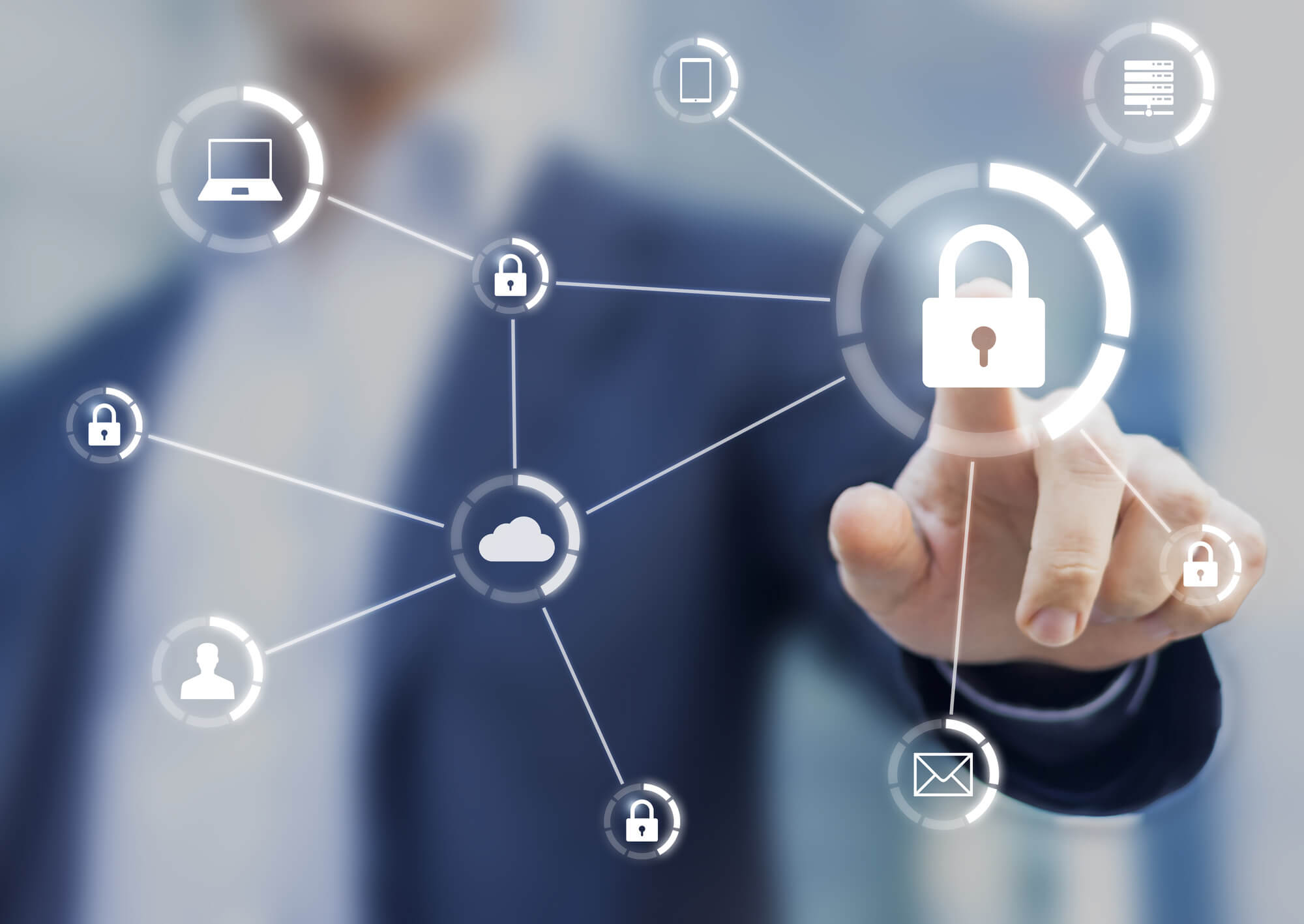The Basics of Internet Security: Securing Your Accounts
You’ve got your shiny new laptop, smartphone, and tablet. You’re excited to log on and explore everything the internet has to offer. But have you stopped to think about internet security? The web may seem like a lawless frontier, but there are steps you can take to avoid getting hacked, scammed, or spied on. Before you dive headfirst into the deep end of the internet, take a minute to learn the basics of protecting yourself online. With a few simple precautions, you can surf, shop, and share with much greater peace of mind. We’ll cover setting strong passwords, avoiding phishing schemes, using a VPN, and more. Welcome to Internet Security 101 – let’s get you started on your journey to becoming a safe, savvy web user!
Practicing Safe Browsing Habits
Use Strong Passwords
Using weak passwords is like leaving your front door unlocked—it’s an invitation for trouble. Strong passwords should be at least 8 characters long, contain a mix of letters, numbers and symbols. Don’t reuse the same password across sites. Use a password manager if needed to keep track of them.
Enable Two-Factor Authentication
Two-factor authentication, or 2FA, adds an extra layer of security for your accounts. It requires not only your password but also a code sent to your phone via text, app or phone call. Enable 2FA on any account that offers it, especially email, banking and social media.
Be Wary of Phishing Emails
Phishing emails try to trick you into clicking links, downloading attachments or providing sensitive data. Look out for urgency, requests for personal information or links and attachments from unknown or untrusted senders. Never click or download anything suspicious. Report phishing to the FTC.
Use a VPN
A virtual private network or VPN encrypts your internet connection to hide your online activity and location. Use a VPN when using public Wi-Fi hotspots to prevent hackers from seeing what you’re doing. VPNs are inexpensive and easy to set up on your devices.
Keep Software Up to Date
Software companies frequently release security updates to patch vulnerabilities. Enable automatic updates on all your devices and software to get the latest patches as soon as possible. Updates often contain important security fixes, so installing them promptly is one of the best ways to reduce risk.
With a few good practices, you can avoid most common internet security risks. Take control of your online accounts and personal data—your security is worth the effort. Staying safe online means vigilance, but also keeping an open and curious mindset. Knowledge is power, so keep learning!
Must-Have Security Measures: VPNs, Firewalls, and Antivirus Software
To stay secure online, you need to be vigilant about your web browsing practices. Be cautious of clicking links or downloading software from unverified sources.Only visit trusted websites
Stick to trusted websites you know and avoid anything that looks suspicious. Do some research on an unfamiliar site before entering personal information. If a site asks for sensitive data like a social security number or credit card info right away, that’s a major red flag.
Enable two-factor authentication when available
Any account that offers two-factor authentication, like email, banking, and social media, should use it. Two-factor authentication adds an extra layer of security for logging in by requiring not just your password but also a code sent to your phone.
Be wary of public Wi-Fi networks
Public Wi-Fi networks are vulnerable to hackers monitoring your online activity or stealing your personal information. If you need to use public Wi-Fi, avoid conducting sensitive activities like online banking, shopping, or bill paying. A virtual private network or VPN can also help encrypt your connection and hide your information from prying eyes.
Install antivirus software and keep it up to date
Antivirus software helps protect against malware, viruses, and other threats that could compromise your computer and online accounts. Make sure any antivirus program you use is reputable, installs regular updates, and scans your computer regularly. Staying on top of software and security updates for your operating system and web browser is also critical.
Following these safe browsing practices will help reduce your vulnerability to online threats. While there’s no way to be 100% secure, vigilance and caution can go a long way toward keeping your information and accounts protected on the Internet. Stay alert and be safe out there!





